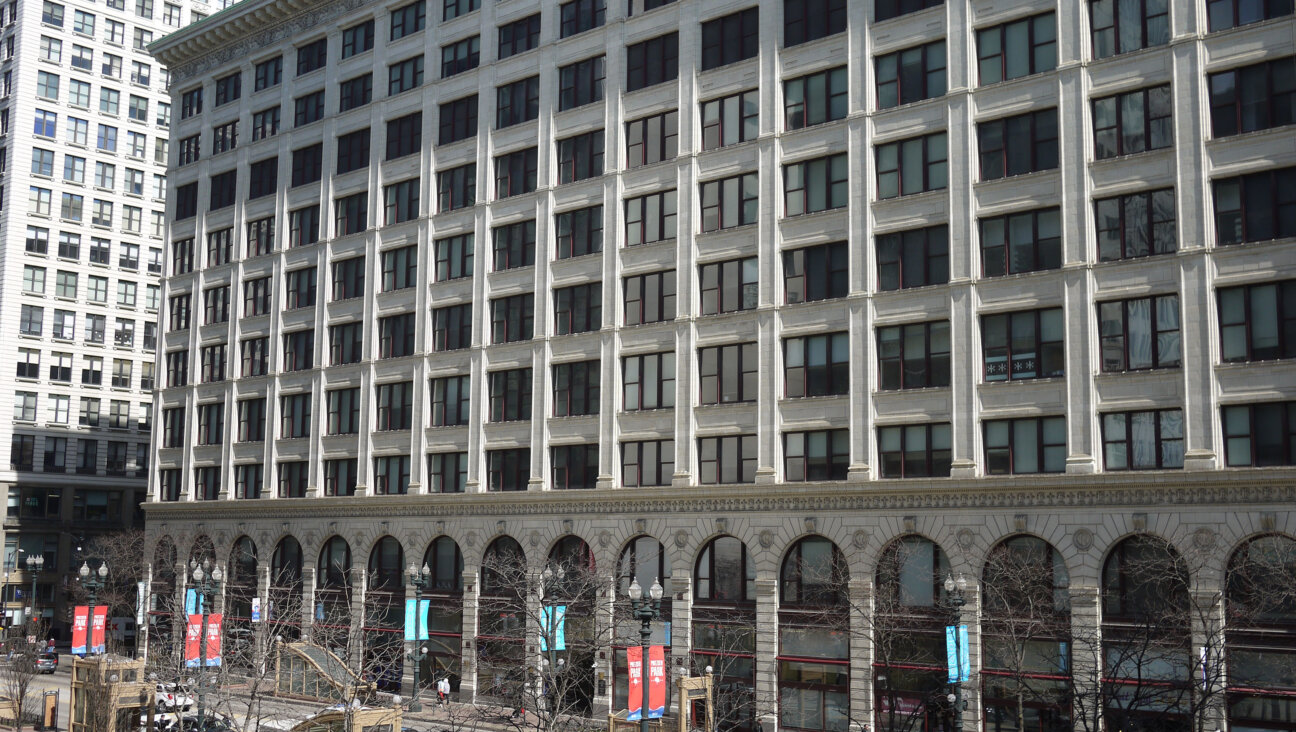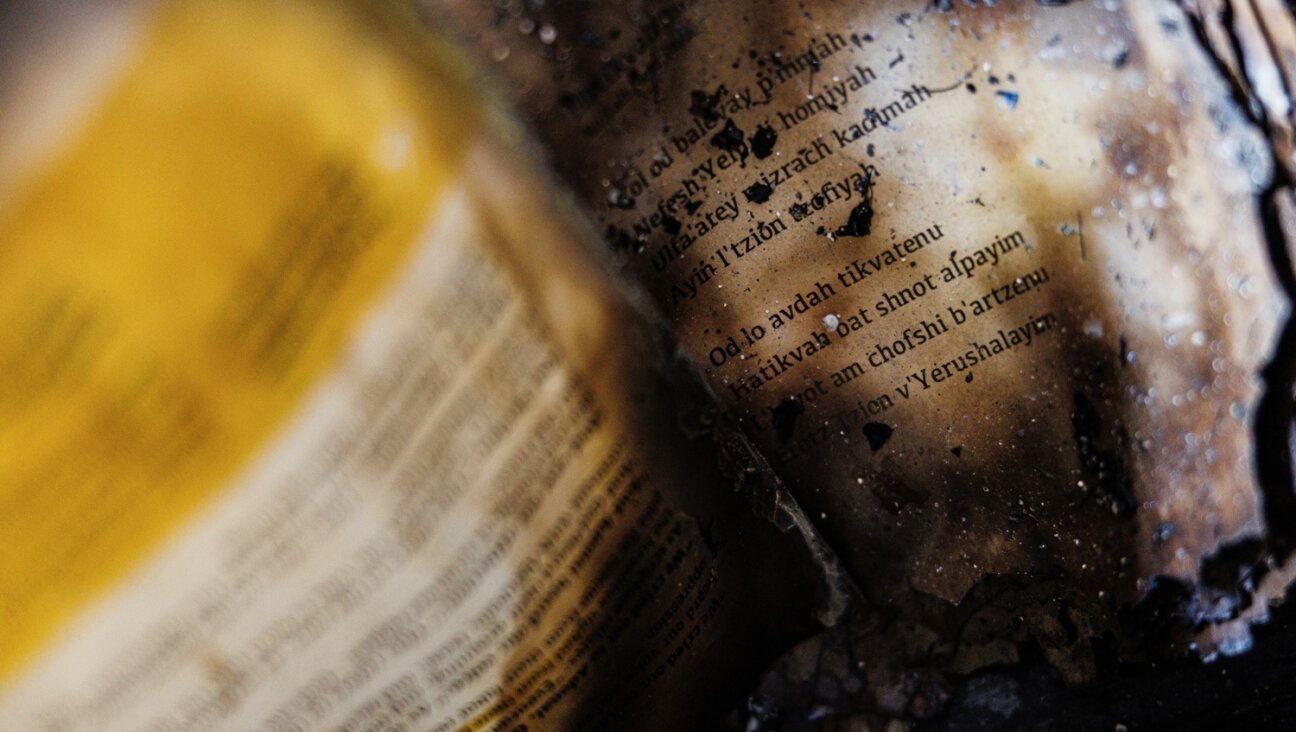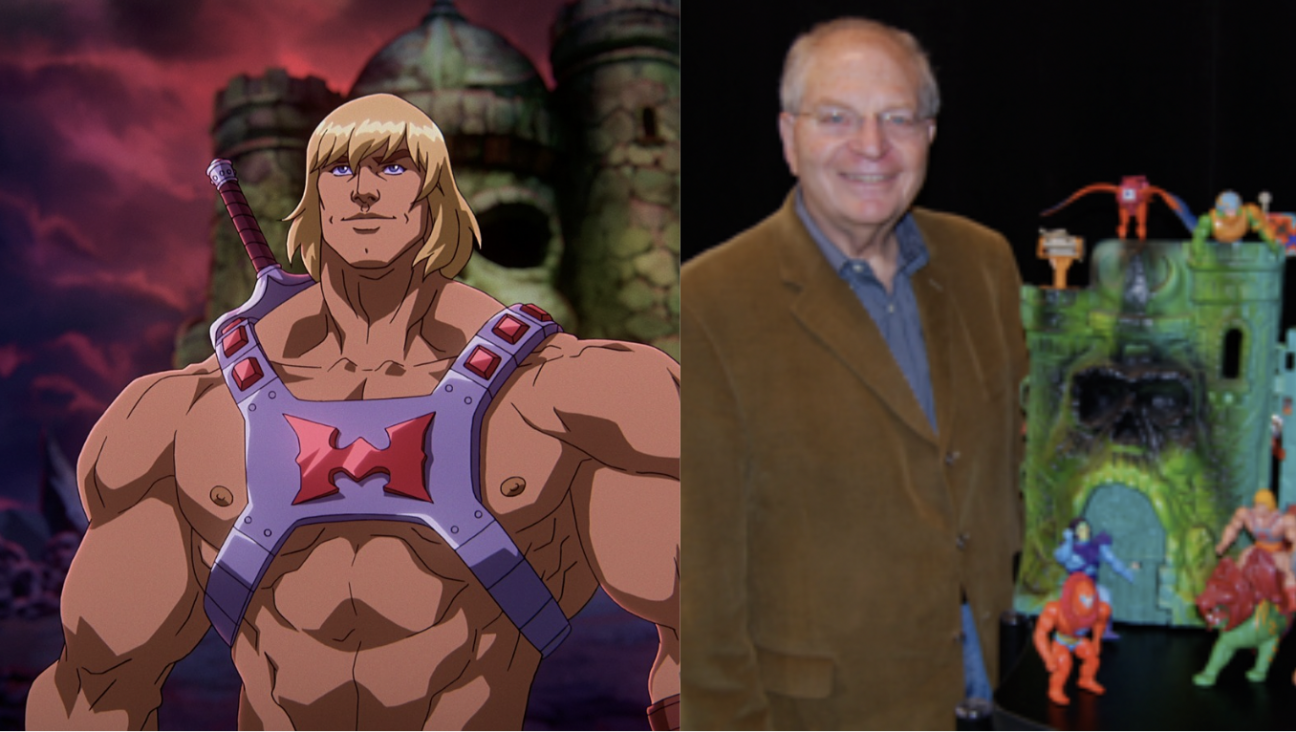How Many Circles Has Gehinom?

Going Down: Dante and Virgil watch those con- demned for wrath fight in the fifth circle of hell. Image by WILLIAM-ADOLPHE BOUGUEREAU
‘In order to receive a building permit, you have to pass through the seven circles of hell,” Prime Minister Benjamin Netanyahu declared not long ago, in a Hebrew address in which he spoke of the need to streamline bureaucratic procedures that make Israeli life difficult.

Going Down: Dante and Virgil watch those con- demned for wrath fight in the fifth circle of hell. Image by WILLIAM-ADOLPHE BOUGUEREAU
The Hebrew idiom “to pass through the seven circles of hell [shiv’at medurey gehinom],” the simpler English version of which is “to go through hell,” is an old one. Yet where does it come from? And since when does hell have seven circles? Isn’t it supposed to have nine, as we are told by that greatest of descriptions of hell in European literature, “Dante’s Inferno”? And where are these circles, anyway?
Let’s start with the last question. In many religions, the souls of the dead have been conceived of, after leaving the body, as proceeding to an underworld located below or inside the earth. In the Judaism and Christianity of classical antiquity and the medieval period, this underworld was thought to be a hellish place, called Gehinom in Hebrew and Infernus in Latin, where sinners were punished just as the righteous were rewarded in heaven. Since the universe was pictured as symmetrical, hell was heaven’s physical as well as religious opposite — and just as the heavens were pictured not as a single celestial realm but as a layering of realm upon realm, so hell was considered to have an equal number of layers descending into the bowels of the earth.
In ancient rabbinic Judaism, which could cite in its support the biblical phrase ha-shamayim u/shmey ha-shamayim, “the heaven and the heavens of the heaven,” these layers were thought to be seven — a number whose sacred status goes back to the Bible, too. (Think of the seven days of creation, the seventh or Sabbath day, the seven branches of the menorah, etc.) Most likely, this sacredness was linked from the outset to the concept of a sevenfold heaven, which in turn derived from the seven brightest and most independent heavenly bodies: the sun, moon and five visible planets — Mercury, Venus, Mars, Jupiter and Saturn. Each of the heavens associated with one of these bodies had its own name in rabbinic literature, as did each of the seven hells. The latter were, using synonyms for the underworld taken from the Bible: She’ol, Avadon, Gehinom, Duma, Tsalmavet, Eretz-Taḥtit and Eretz-Neshi’h.
There is Jewish literature from the Middle Ages that enumerates the inhabitants and punishments of every one of these “houses” of hell, as they are called there, each of which has its own tribunal of judges and is so large that it would take 300 years to walk to one end of it from the other. (Assuming that a man can walk 30 miles a day, this would come to roughly 23 million miles for the entirety of hell.) All seven, according to rabbinic tradition, were glimpsed in a vision by the prophet Isaiah. Thus, we are told, “When Isaiah entered the first house, he saw two men carrying jars of water on their shoulders and emptying them again and again into a pit that never filled. ‘Tell me their secret,’ he said to God. ‘These,’ the Holy Spirit answered him, ‘are the men who coveted what belonged to others and are now paying the price for it.’” The second “house” of hell is for the gossips and slanderers, who are hung from their tongues. In the third are the adulterers, who are suspended from their sexual organs, and so on and so forth.
The nine circles of “Dante’s Inferno,” descending into the earth like the cross-sections of a narrowing funnel, are depicted by the Italian poet in far greater and more frightful detail than are the seven circles of the rabbinic hell, starting with the First Circle, which is reserved for great men like Homer and Caesar, who lived before the time of Jesus and could not be saved by him, culminating in the ninth, in which are found the traitors (betrayal being for Dante the greatest sin of all). Dante’s hell has nine circles because so does his heaven, which he describes in his “Paradiso,” the third and final part of his “Divine Comedy” — and his heaven has them because, in the cosmology of the late Middle Ages, there were nine celestial spheres circling the earth. The eighth was that of the fixed stars, while the ninth, necessitated according to Dante by Ptolemy’s realization that “the eighth sphere had more than one motion,” was a “diaphanous or wholly transparent” sphere called “the Crystalline” that revolved from West to East while all the others were revolving from East to West.
Although medieval Jewish scholars and intellectuals were certainly familiar with Christian cosmology, Judaism retained its traditional seven heavens and hells and never increased them to nine. Now, Prime Minister Netanyahu would like to reduce their number even further. If he is successful, perhaps we can look forward to there being only three or four to go through in the future.
Questions for Philologos can be sent to [email protected].
The Forward is free to read, but it isn’t free to produce

I hope you appreciated this article. Before you go, I’d like to ask you to please support the Forward.
Now more than ever, American Jews need independent news they can trust, with reporting driven by truth, not ideology. We serve you, not any ideological agenda.
At a time when other newsrooms are closing or cutting back, the Forward has removed its paywall and invested additional resources to report on the ground from Israel and around the U.S. on the impact of the war, rising antisemitism and polarized discourse.
This is a great time to support independent Jewish journalism you rely on. Make a Passover gift today!
— Rachel Fishman Feddersen, Publisher and CEO
Most Popular
- 1

News Student protesters being deported are not ‘martyrs and heroes,’ says former antisemitism envoy
- 2

Opinion My Jewish moms group ousted me because I work for J Street. Is this what communal life has come to?
- 3

News Who is Alan Garber, the Jewish Harvard president who stood up to Trump over antisemitism?
- 4

Fast Forward Suspected arsonist intended to beat Gov. Josh Shapiro with a sledgehammer, investigators say
In Case You Missed It
-

Fast Forward Chicago man charged with hate crime for attack of two Jewish DePaul students
-

Fast Forward In the ashes of the governor’s mansion, clues to a mystery about Josh Shapiro’s Passover Seder
-

Fast Forward Itamar Ben-Gvir is coming to America, with stops at Yale and in New York City already set
-

Fast Forward Texas Jews split as lawmakers sign off on $1B private school voucher program
-
Shop the Forward Store
100% of profits support our journalism
Republish This Story
Please read before republishing
We’re happy to make this story available to republish for free, unless it originated with JTA, Haaretz or another publication (as indicated on the article) and as long as you follow our guidelines.
You must comply with the following:
- Credit the Forward
- Retain our pixel
- Preserve our canonical link in Google search
- Add a noindex tag in Google search
See our full guidelines for more information, and this guide for detail about canonical URLs.
To republish, copy the HTML by clicking on the yellow button to the right; it includes our tracking pixel, all paragraph styles and hyperlinks, the author byline and credit to the Forward. It does not include images; to avoid copyright violations, you must add them manually, following our guidelines. Please email us at [email protected], subject line “republish,” with any questions or to let us know what stories you’re picking up.













